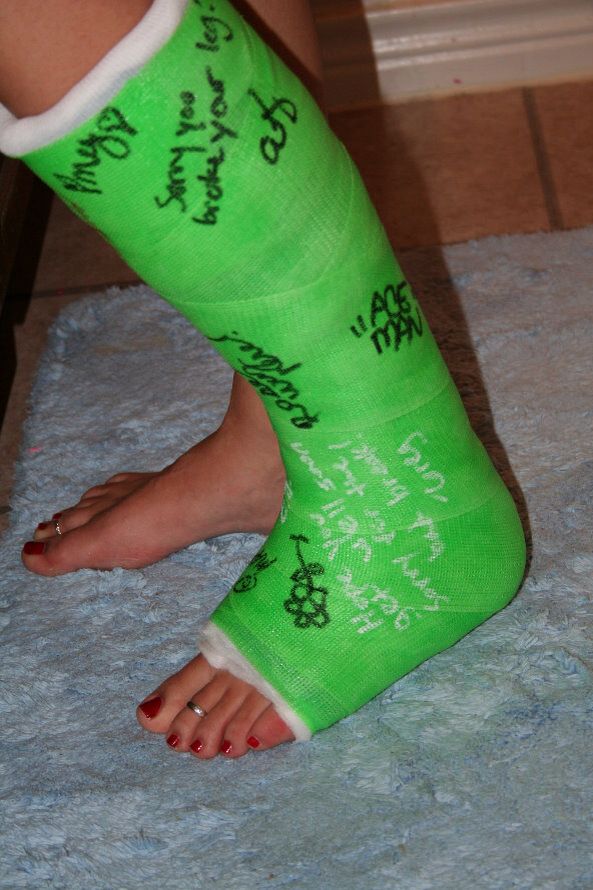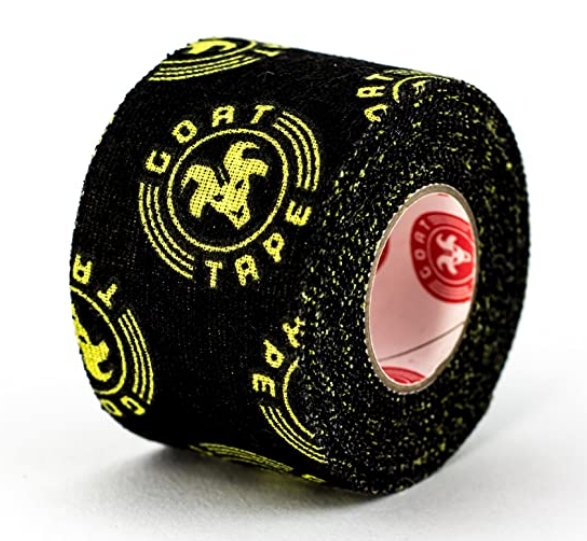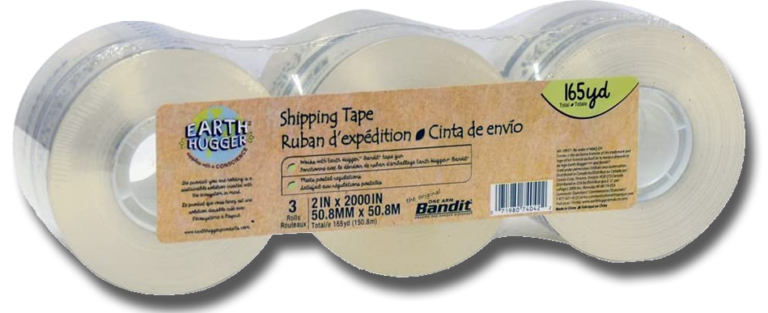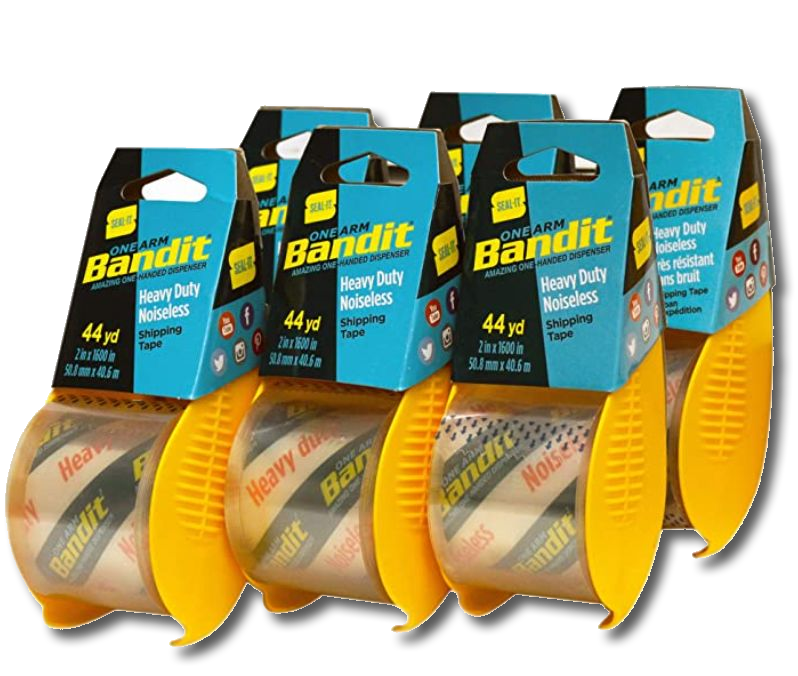In the olden days broken bones were wrapped in plaster and left to heal for weeks or even months. But in the 1980’s scientists made lightweight fiberglass casting tape to make wearing an orthopedic cast for a broken leg or arm less stressful. The heavy plaster was vulnerable to moisture and casts would often crumble when they became wet.
The fiberglass was not only lighter,it was stronger and less likely to fall apart in the time it was on the broken limb.
If you need to fix your leg you can get some here

Fiberglass Casting tape was invented in 1987.
Plaster of Paris casts have been in use to immobilize body members or limbs for some time. The plaster of Paris bandages have been supplemented and, to some extent, superseded by synthetic cast tapes or bandages which employ polymeric materials on a substrate. The polymeric materials have been cured by exposure to ultra violet light or contained polymers which would cure when reacted with water. Examples of the ultra violet light cured cast can be found in U.S. Pat. No. 3,881,473. More recently, water-cured or water-reactive polyurethane compositions have been used in forming orthopedic casts and the polyurethane materials have largely supplanted other polymeric synthetic casting materials. The polyurethane casting materials are of the type which are disclosed in U.S. Pat. Nos. 4,376,438 and 4,411,262.
The fibrous substrate used in the synthetic casting materials has become, to a large extent, a fiberglass material. The fiberglass materials offer advantages in terms of strength of the finished cast and various constructions of fiberglass fabrics have been used for the substrates for the synthetic casting tapes. The patents mentioned above disclose the use of different fiberglass materials as the substrate for casting tapes. In addition U.S. Pat. Nos. 3,686,725, 3,787,272 and 3,882,857 disclose specific fiberglass materials, or the treatment of fiberglass materials, to produce fiberglass substrates which are particularly suitable for use in orthopedic casts.




